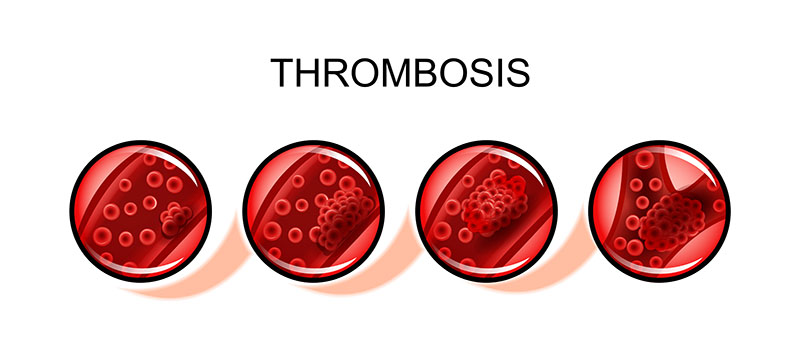Volume 31, Nº 6, Novembro e Dezembro 2018
DOI: http://www.dx.doi.org/10.5935/2359-4802.20180054
PONTO DE VISTA
Remoras and Spontaneous Echocardiographic Contrast
Charles André

Abstract
The term “Remora” (hindrance) – re (again)/mora (delay) -originally designated a family of fishes – the suckerfishes. In ancient Greece and Rome and up to the early 19th century, these fishes were believed to slow down ships by attaching to them. Medicine adopted the term “remora” to describe fluid/blood stasis. Intracardiac blood stasis, or remora, especially in the left atrial appendage, is associated with thrombogenesis and responsible for cardioembolic phenomena. The slow and swirling movement of blood causes the appearance of spontaneous echocardiographic contrast (SEC). I briefly narrate the Naval Battle of Actium, whose result was mythically attributed to the remora fishes, and make a short review of remoras. I also describe Laennec’s discussion about intracardiac blood stasis and give a short account of SEC, its original descriptions and importance.
Keywords: Cypriniformes (remoras); Atrial Appendage; Embolism and Thrombosis; History, Ancient; Diagnostic Imaging; Ultrasonography/history; Echocardiography/history.











